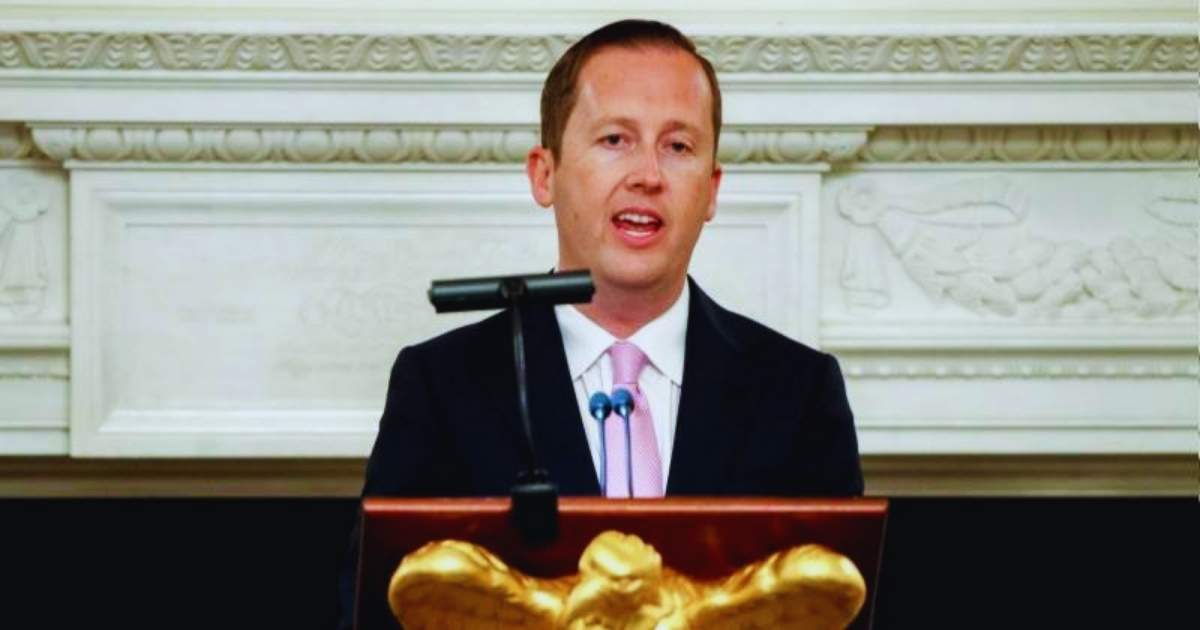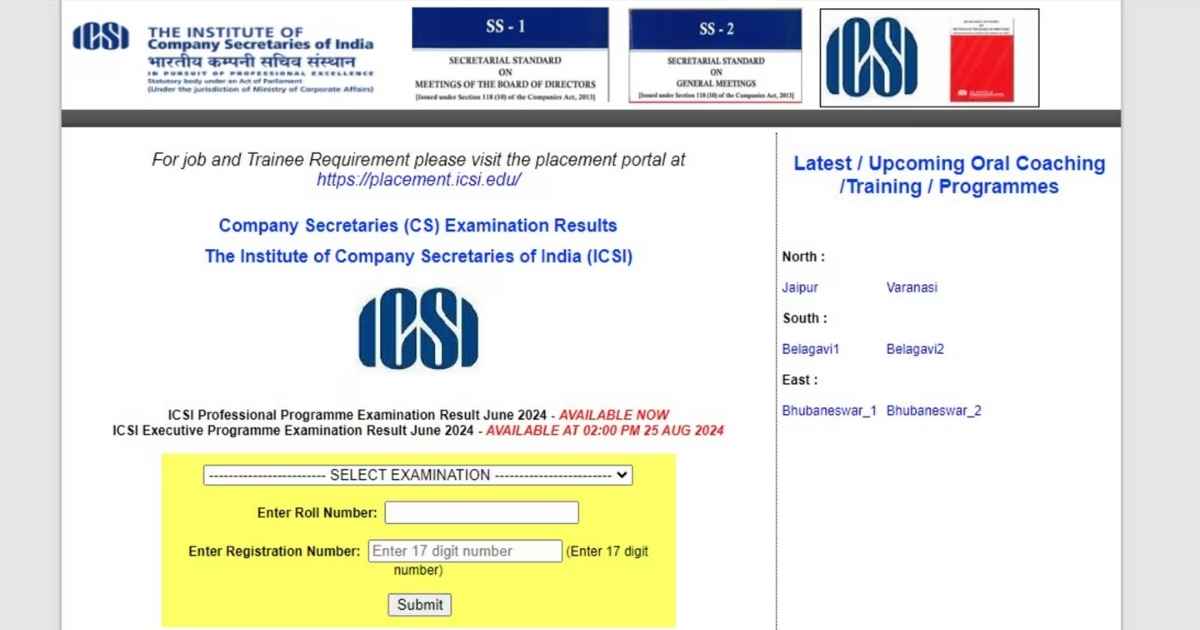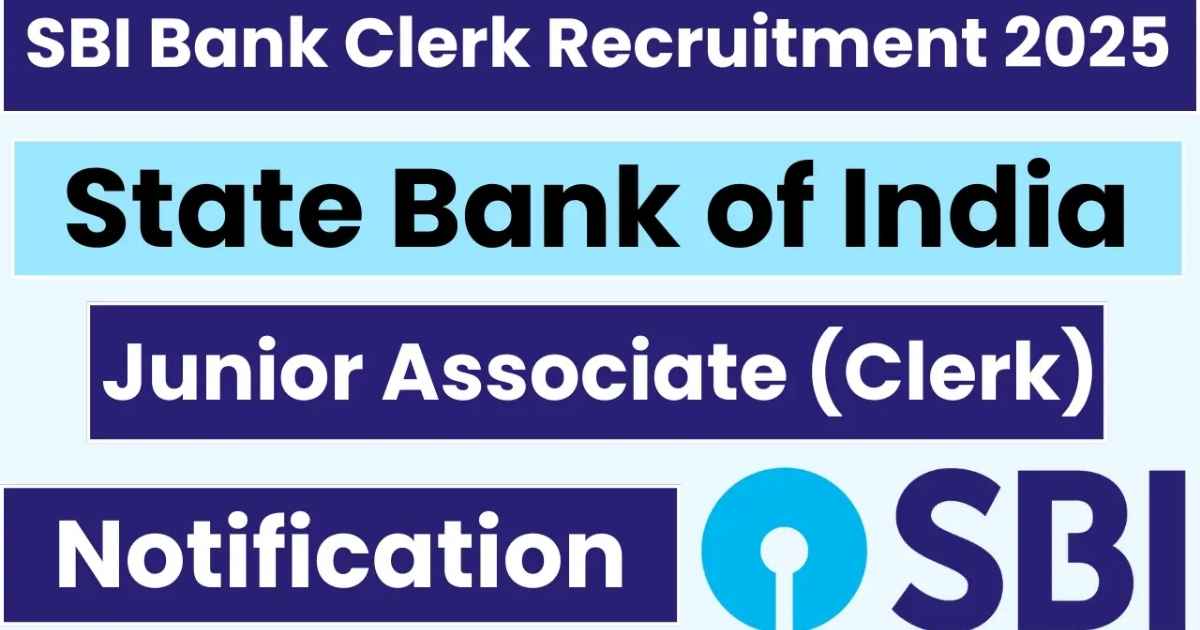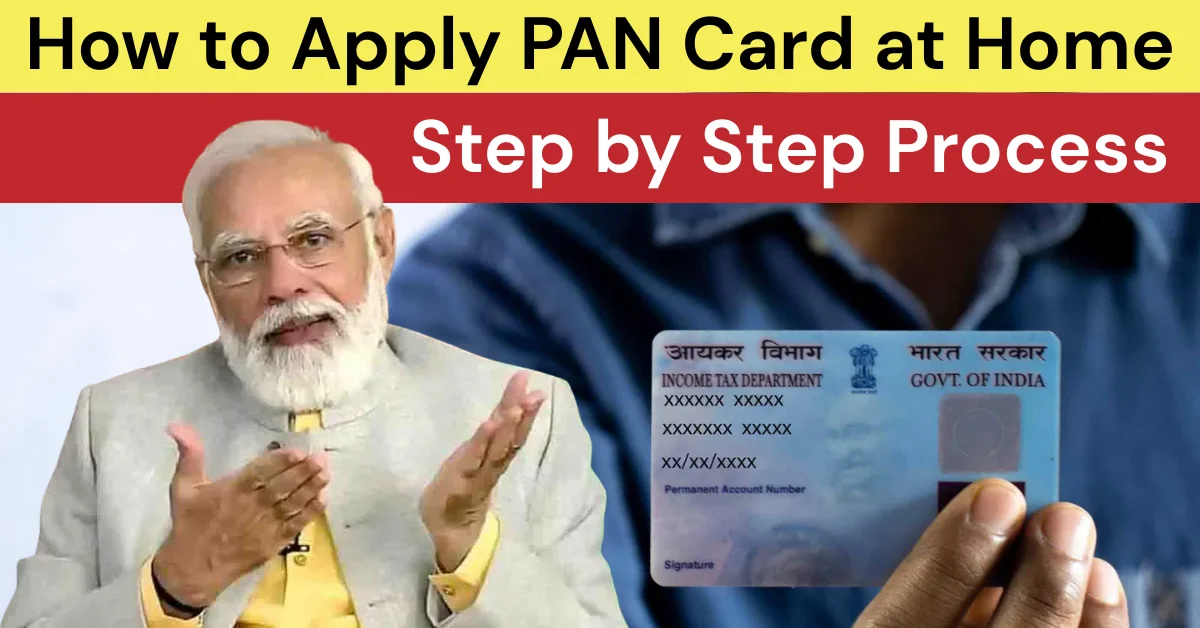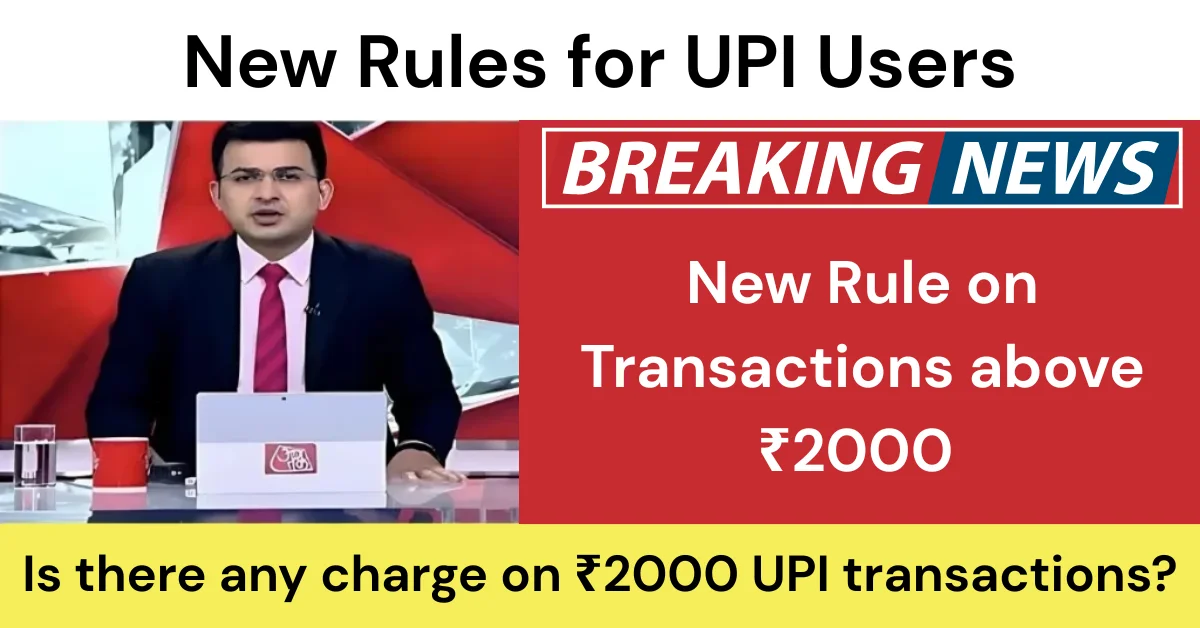The Door Is Ajar—But Who Can Push It Open?
The phrase “re-open the door” implies that the US–India corridor somehow closed. It hasn’t—yet it has narrowed at times due to shifting geopolitics, export controls, immigration bottlenecks, and campaign-cycle rhetoric. The bilateral relationship still rests on pillars of defense cooperation, technology supply chains, and a powerful Indian diaspora. But momentum is never automatic. It needs translators, conveners, and coalition builders.
Enter Sergio Gor—best known in US political circles as a strategist, publisher, and organizer with access to conservative networks and a growing profile in media and book ventures. The question is not whether a single individual can change statecraft overnight; it’s whether an effective “node” can accelerate trust, unlock conversations, and translate interests into deals. This article examines practical levers that someone like Gor could activate to widen the policy, business, and culture channel between the United States and India—fast.
Who Is Sergio Gor—and Why Does He Matter?
A Connector Across Politics, Media, and Donor Networks
Sergio Gor is typically described as a political communicator and organizer with deep relationships across Republican-aligned ecosystems. He has worked on campaigns, run media and publishing ventures, and convened donors and influencers. That portfolio matters for one reason: policy windows often open through networks long before they open through formal channels. If a connector can bring CXOs, policymakers, and diaspora leaders into the same room with a coherent purpose, the corridor gains velocity.
Media Entrepreneurship as Soft Power
Beyond campaign roles, Gor’s publishing and media ventures position him in the narrative economy—where perceptions of allies, markets, and threats are formed. US–India relations thrive when narratives emphasize shared interests: secure supply chains, democratic alignment, innovation, and human capital. Media-savvy networkers can reduce friction by framing cooperation not as charity or ideology, but as mutual advantage.
Why Timing Works in His Favor
- The US is diversifying supply chains beyond China; India is a top candidate for advanced manufacturing, APIs, semiconductors, and electronics assembly.
- India seeks Western capital, defense tech collaboration, and pathways for talent.
- The Indian American diaspora is politically mobilized and influential across tech, healthcare, and finance.
- Bipartisan goodwill toward India remains resilient even when headlines fluctuate.
A skilled convener with access to conservative policy circles can help translate this macro tailwind into actionable coalitions—especially if they respect India’s strategic autonomy while pushing for pragmatic, business-first outcomes.
The US–India Relationship: What Needs “Re-Opening”?
It’s Not Closed—But There Are Sticking Points
- Export controls and technology transfer friction slow joint projects.
- Work visa caps and green card backlogs frustrate talent mobility.
- Compliance ambiguity (data, privacy, digital taxation, ESG) deters mid-market firms.
- Political optics on both sides can occasionally chill momentum.
- Pharmaceutical and medical device regulatory alignment remains complex.
- Defense procurement expectations don’t always match timelines and trust thresholds.
“Re-opening” isn’t a reset—it’s a re-acceleration: reducing frictions that deter investment and collaboration. That’s where well-placed intermediaries matter.
Read More: Arsenal vs Leeds United Today Match: Lineups, Live Stream, Tactics, Score, and Analysis
The Levers Sergio Gor Could Pull
1) Diaspora Diplomacy at Scale
Indian Americans are a strategic asset: founders, policy hands, hospital systems, life sciences, and Wall Street. A connector can:
- Convene bipartisan donor summits dedicated to the US–India corridor, explicitly segmenting by industry (tech, pharma, defense, climate, fintech).
- Create a rolling, Chatham House–style forum that blends Capitol Hill, state governors, trade commissioners, and diaspora entrepreneurs.
- Capture “community intelligence” via structured roundtables and publish quarterly notes that congressional and ministerial staff actually read.
Outcome: translates diffuse goodwill into specific asks—visa modernization, pilot export-control sandboxes, and subnational MOUs.
2) Business Diplomacy: Deals Before Declarations
Geopolitics follows value creation. A practical playbook:
- Technology corridors: pair a US state (e.g., Texas, North Carolina, Ohio) with an Indian state (e.g., Gujarat, Telangana, Karnataka) for sector-specific corridors—semiconductors, AI safety tools, aerospace components.
- Mid-market trade missions: large summits are crowded; curated missions of 25–40 firms with pre-cleared regulatory checklists yield faster MoUs.
- Bankable pilots: pick three “quick-win” procurement or co-development pilots in defense-adjacent dual-use tech, pharma quality systems digitalization, and medical devices calibration—small enough to de-risk, visible enough to inspire replication.
Outcome: relationships grounded in contracts, not just communiqués.
3) Narrative Engineering: From Optics to Outcomes
A media entrepreneur can reposition the corridor as a growth engine:
- Editorial series: commission explainers on “How a US mid-cap can responsibly nearshore to India in 120 days.”
- Founder spotlight: elevate US–India operators who created jobs in both countries, not just unicorn valuations.
- Regulatory clarity guides: co-author practical compliance playbooks with respected legal and standards bodies.
Outcome: reduces fear and guesswork for first-time entrants on both sides.
4) Workforce, Visas, and Talent Mobility
While statutory change is hard, targeted influence helps:
- Advance state-level talent compacts that fast-track credential recognition in healthcare, engineering, and biotech manufacturing.
- Champion recapturing unused employment-based visas and pilot advanced STEM exchange programs with security screening baked in.
- Promote remote-first compliance templates for cross-border teams to minimize legal friction while pipelines catch up.
Outcome: smoother pathways for specialized talent without inflaming broader immigration politics.
5) Clean Rooms for Sensitive Tech
Trust bottlenecks often stem from export controls and security reviews. A connector can push for:
- Joint “clean room” initiatives where US-origin IP is compartmentalized with auditable access; third-party verification firms certify compliance.
- Defense-adjacent dual-use programs where open standards and verifiable supply chain provenance reduce political risk.
- University–industry consortia with explicit guardrails, so research collaboration is secure by design.
Outcome: unlocks collaboration on advanced manufacturing, avionics components, and secure communications without triggering red lines.
6) Standards, Quality, and Mutual Recognition
For pharma, med devices, and APIs—a space many Indian firms operate in—the fastest corridor is standards alignment:
- Advocate pilot mutual recognition of certain inspections where digital QMS telemetry and real-time stability data create equivalent assurance.
- Co-develop a “US–India Quality Bridge” toolkit: SOP templates, validation checklists, and serialization compliance for exporters.
- Align serialization/traceability expectations to prevent shipment delays and rework.
Outcome: reduced friction for Indian exporters entering the US market and US buyers sourcing reliably.
Strategy Map: How Sergio Gor Could Sequence the Work
Phase 1: Convene and Clarify (0–120 days)
- Establish a bipartisan advisory bench: former diplomats, trade lawyers, state economic development leads, Indian industry veterans.
- Publish a corridor baseline report: binding constraints by sector, matched with “policy-light” business fixes.
- Launch a private deal desk for mid-market firms—curated partner matching, due diligence, and compliance preparation.
Phase 2: Pilot and Prove (4–9 months)
- Execute three mid-market trade missions with pre-arranged regulatory consults.
- Announce two technology corridor MoUs linking specific US and Indian states.
- Start a clean room compliance pilot with an auditable third-party.
Phase 3: Scale and Institutionalize (9–18 months)
- Formalize a standing US–India Business Diplomacy Forum with membership tiers.
- Publish semiannual corridor scorecards: investment closed, jobs created, pilot outcomes, standards harmonized.
- Transition successful pilots into replicable playbooks and seek public-private sponsorship.
Political Positioning: Non-Ideological, Results-First
Sergio Gor’s known access skews conservative, but durable US–India outcomes demand bipartisan coalitions. The play is to keep the corridor “apolitical in substance, political in support”:
- Align messaging to shared US priorities: resilient supply chains, high-wage jobs, secure tech, and fair standards.
- Align to India’s priorities: investment, technology access with respect for sovereignty, and talent mobility.
- Use diaspora validators from across the spectrum—founders, physicians, academics, and veterans—to defuse partisanship.
Risks and How to Mitigate Them
- Over-personalization risk: making the corridor seem captive to one figure. Mitigation: build a diverse board and transparent operating processes.
- Optics risk: domestic politics in either country can sour the narrative. Mitigation: focus on subnational partnerships and business pilots that outlast cycles.
- Compliance risk: a single breach in export control or data protection could backfire. Mitigation: third-party audits, strong paper trails, and conservative scoping.
- “Summit fatigue”: too many events, too few outcomes. Mitigation: publish deal metrics, not photo ops.
- Trust gaps in sensitive tech and defense: Mitigation: start with dual-use and quality-of-life tech (logistics, med-tech, cybersecurity hygiene) under clean room rules.
What Success Would Actually Look Like (12–24 Months)
- Two to three operational tech corridors with active factories, labs, or co-dev centers.
- A reduction in cycle time for mid-market US firms entering India from 18 months to under 8 months via standardized playbooks.
- At least one pilot mutual recognition pathway in a regulated sector (e.g., agreed inspection data formats leading to faster clearance).
- A diaspora-run corridor forum with over 150 member firms, quarterly matchmaking, and auditable outcomes.
- A documented clean room approach adopted by multiple Indo–US collaborations, lowering perceived security risk.
The India Opportunity: Specific Sectors to Target
Pharmaceuticals and APIs
- Expand US sourcing of select APIs from India with quality telemetry and serialization verification.
- Support Indian pharma’s transitions to advanced QMS and continuous manufacturing know-how.
- Encourage US CMOs/CDMOs to partner with Indian firms for scale and cost efficiency with audit-ready compliance.
Semiconductors and Electronics Assembly
- Start with backend assembly, testing, and packaging, then graduate to specific nodes where export controls allow.
- Use corridor states with existing fab-adjacent talent and logistics.
Defense-Adjacent Dual-Use
- Precision machining, avionics components, secure comms modules vetted through clean rooms.
- Joint training programs for standards, inspection, and lifecycle management.
Digital Public Goods and Fintech
- Interoperability pilots between Indian digital rails (UPI-style architectures) and US fintech providers, tested in sandbox regimes.
- Cross-border MSME financing products using verifiable data trails.
The Human Element: Why a Connector Matters
Policy is paperwork; progress is people. Many cross-border projects die in the “unknowns”: whom to trust, which regulation matters, where to start. A figure like Sergio Gor can reduce that ambiguity by:
- Assembling trusted cross-party validators.
- Bringing deal-ready firms into a curated pipeline, not a mega-conference scrum.
- Translating political will into business process—forms, audits, procurement steps.
- Keeping momentum through public scorecards and private troubleshooting.
No single person “re-opens” a geopolitical door; coalitions do. But coalitions need catalysts.
Conclusion: Can Sergio Gor Re-open the Door?
Short answer: He can widen it. Not by headline-grabbing proclamations, but by orchestrating quiet, measurable wins across diaspora diplomacy, business pilots, clean-room tech collaboration, and standards harmonization. If executed with bipartisan cover, third-party compliance, and state-level partnerships, the corridor doesn’t just re-open—it becomes a two-way express lane for capital, talent, and trust.
Blockquote
Strategic partnerships don’t collapse from a lack of goodwill; they stall from a surplus of friction. The operator who reduces friction—credibly, repeatedly—changes the slope of the curve.
FAQs
Is US–India cooperation really bipartisan in the US?
Broadly yes; strategic and economic arguments for partnership resonate across parties, though emphasis varies by administration. The safest path is to anchor initiatives in state-level economic development and business outcomes.
What is the fastest way to show progress without new laws?
Launch business pilots with pre-cleared compliance, use third-party audits, and publish transparent scorecards. Subnational MoUs often run faster than federal programs.
How can pharma exporters from India benefit?
By adopting audit-ready digital QMS, robust serialization, and harmonized SOPs, Indian firms can reduce US buyer risk, accelerate onboarding, and command better pricing. Corridor toolkits can standardize these steps.
What about immigration constraints?
While major statutory changes are slow, targeted measures—recapturing unused visas, STEM exchanges, state-level credential compacts—can ease bottlenecks. In parallel, remote-first compliance templates keep teams operating.
Won’t export controls block real tech collaboration?
They can, if ignored. A clean room model with auditable access and third-party verification allows carefully scoped, compliant collaboration in dual-use and certain advanced manufacturing segments.
Isn’t this just another conference circuit?
It shouldn’t be. The north star is measurable outcomes—signed deals, pilot completions, standards adoption—not panels and photo ops. Scorecards keep everyone honest.
Why Sergio Gor specifically?
Because access, storytelling, and deal orchestration are multiplicative when combined. Someone who can convene donors, founders, policymakers, and media can translate interest into action faster than siloed actors.
Actionable Checklist for Operators
- Define a corridor thesis by sector: pharma/APIs, semiconductors, dual-use, fintech.
- Pre-clear legal/compliance templates before the first mission.
- Pair US–India states by comparative advantages; lock MoUs with execution teams, not just principals.
- Stand up a deal desk with curated pipelines and milestone-based reporting.
- Launch a clean room pilot with a reputable verification firm.
- Publish quarterly outcome scorecards and a public-facing corridor playbook.
Final Take
If the hypothesis is “one person can single-handedly re-open the US–India door,” the answer is no. If the hypothesis is “a strategically positioned connector can materially accelerate the corridor by aligning diaspora influence, business incentives, compliant tech collaboration, and bipartisan cover,” then yes—Sergio Gor can be one of the few who make the difference. The moment is ripe; the corridor is waiting; the work is practical.
